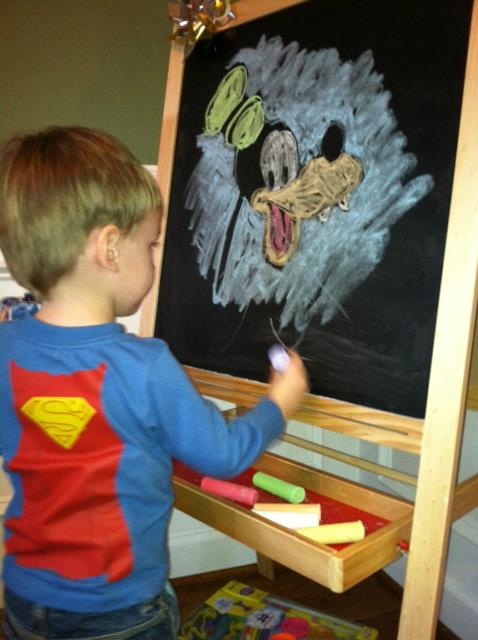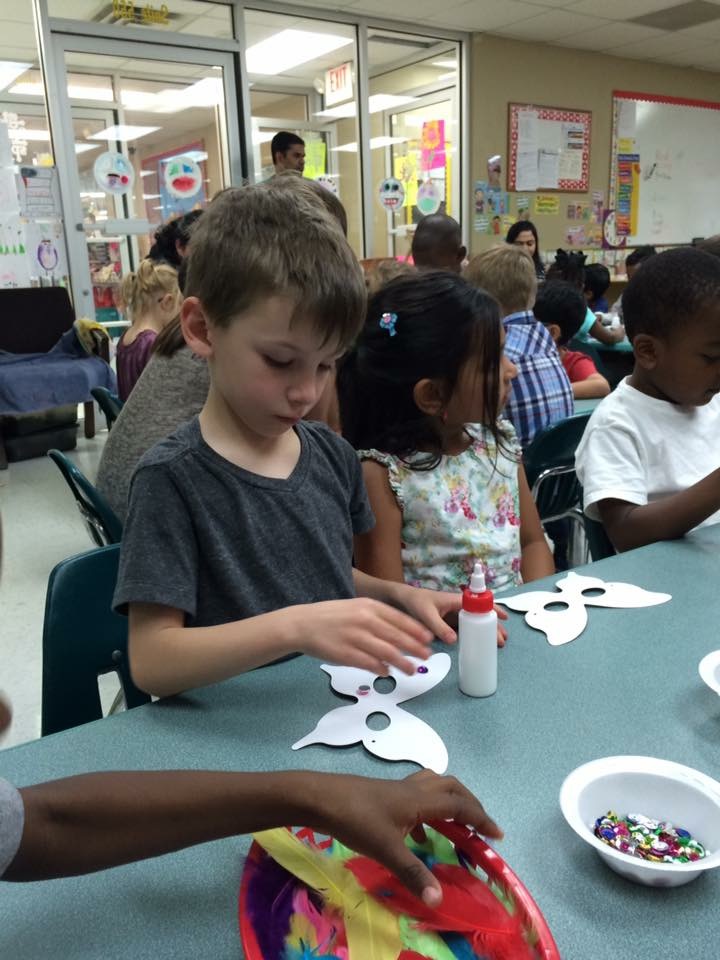The arts help to boost students’ critical thinking. The arts in schools include dance, media arts, music, theater, and visual arts. According to Jamie Kasper, “Good arts education is not about the product. It is about the process of learning.” However, many educators focus on the product. The arts focus on flexibility, adaptability, responsibility, and innovation. These skills help to build a strong academic background.
Many school administrators and parents cannot understand the significance of various arts to a student’s educational needs. However, a critical part of a student’s academic learning comes from the arts. Skills from artistic classes touch on a student’s creativity. Other subjects may not touch on this skill. Other skills include communication, fine motor skills, and emotional intelligence.
The Arts vs STEM Skills
Many skills focus on STEM, which students need. Still, students need subjects like music, drama, and art in the curriculum. Often, arts incorporate into STEM to create STEAM.
STEAM uses Science, Technology, Engineering, Arts, and Mathematics to guide inquiry learning. Thus, incorporating a creative learning process. The STEM vs. STEAM debate brought about studying the arts and their importance. In embracing both, students discover a wider range of interests.
The Arts have Benefits
Arts increase creativity and help develop the technology needed. Creative thinking for innovation teaches students to think outside of the box. This gives students the freedom to explore new ideas.
According to the Americans For The Arts Foundation, students with four years of high school arts and music classes have higher SAT scores than students with one-half year or less. Also, students who take classes in the creative arts and music from a young age develop eye-hand coordination and fine motor skills. These skills are essential for future jobs, especially in technology and robotics.
They improve their problem-solving skills by allowing students to be creative and imaginary ideas to flow. Thus, they learn to interpret content and creatively display their ideas and opinions.
Today, the Arts are growing throughout schools as a basic academic subject. When combined with the sciences, there is a healthy balance for brain-based learning. Hence, it ignites both hemispheres of a student’s brain. With the creativity of various art classes, students will be prepared to move into tomorrow’s world.



